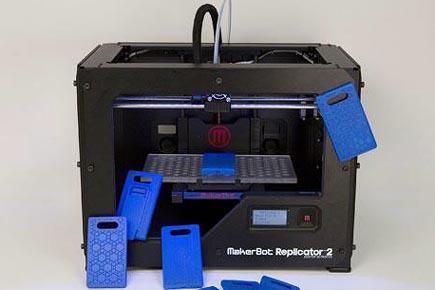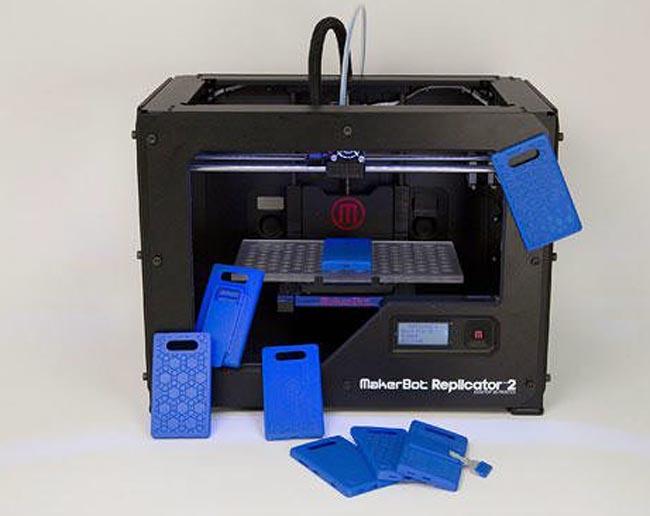An Indian-American researcher at the Cornell University has used 3D printing to make a loudspeaker that work almost as soon as it comes out of the printer

Houston: Indian-American Apoorva Kiran and Robert MacCurdy, both graduate students in Mechanical Engineering, worked with Hod Lipson, associate professor of Mechanical and Aerospace Engineering to customise a device that could print a variety of materials.
ADVERTISEMENT

3D printer. File pic
The loudspeakers are made up of a plastic body, conductive coil and a magnet. The researchers had to figure out how to design and print materials that could fit together and work right away.
"Everything is 3-D printed," said Kiran, who is originally from Bihar, as he launched a demo recently by connecting the newly-printed mini speaker to amplifier wires. Prior to coming to Cornell for his research, Appoorva trained as a Material Scientist, Physicist and Mechanical Engineer.
He holds an MSc in Mechanical Engineering from Indian Institute of Science-Bangalore and a B Tech in Metallurgical and Materials Engineering and Physics from Indian Institute of Technology-Madras.
Lipson said he hopes this simple demonstration is just the "tip of the iceberg." 3-D printing technology could be moving from printing passive parts towards printing active, integrated systems, he said.
"But it will be a while before consumers can print electronics at home," Lipson said adding that most printers cannot efficiently handle multiple materials because it requires different temperatures and curing times.
Creating a market for printed electronic devices, Lipson said, could be like introducing colour printers after only black and white had existed. "It opens up a whole new space that makes the old look primitive," he said.
 Subscribe today by clicking the link and stay updated with the latest news!" Click here!
Subscribe today by clicking the link and stay updated with the latest news!" Click here!







